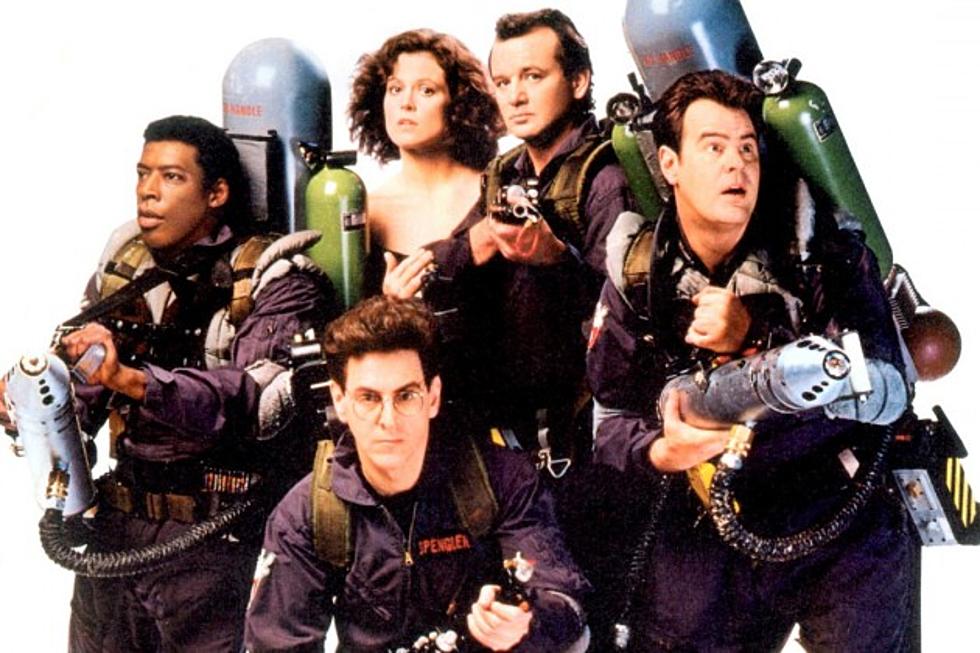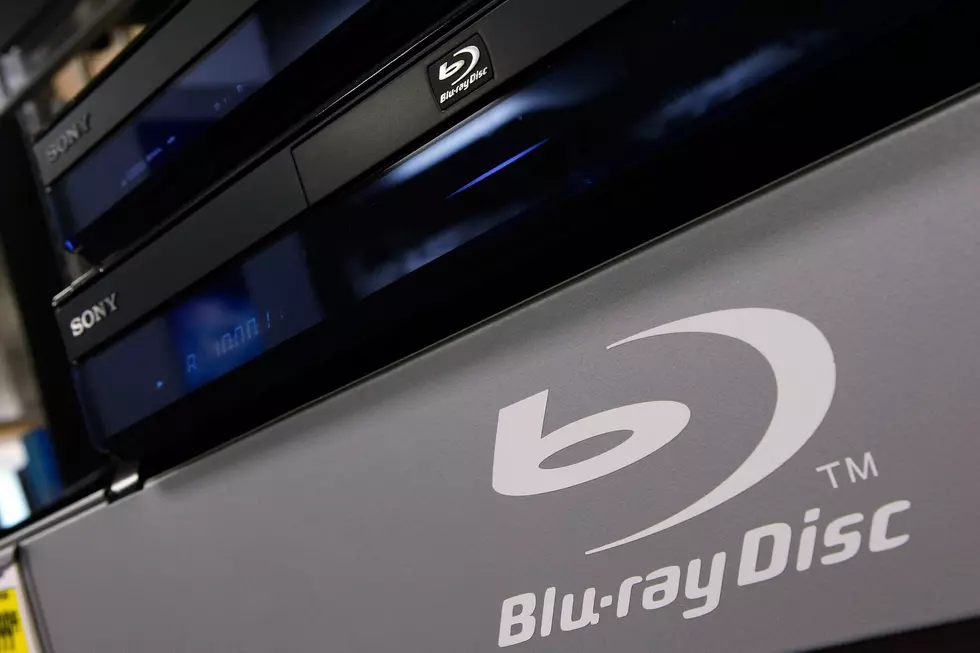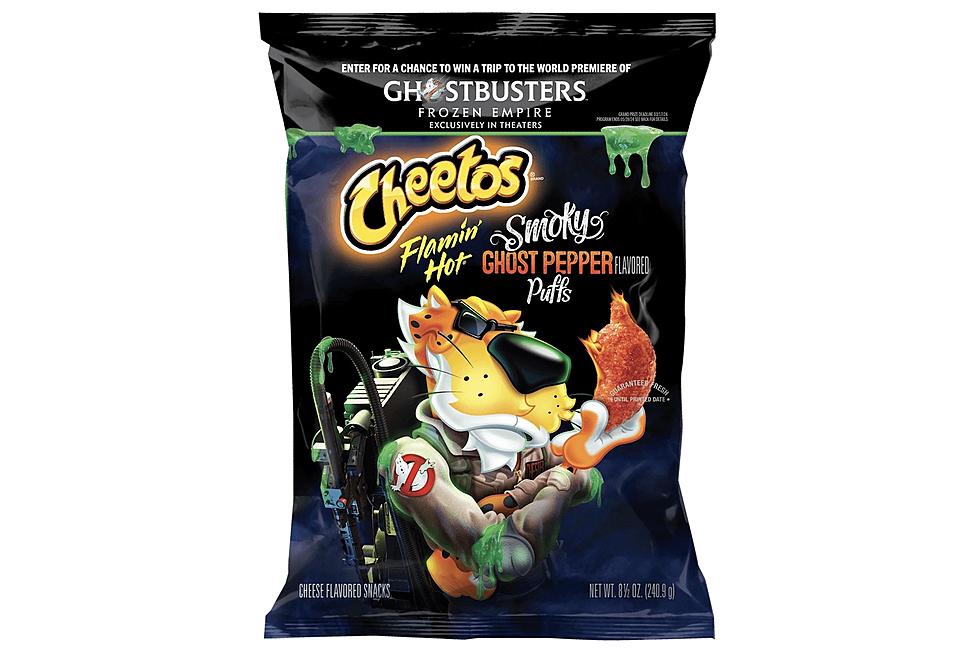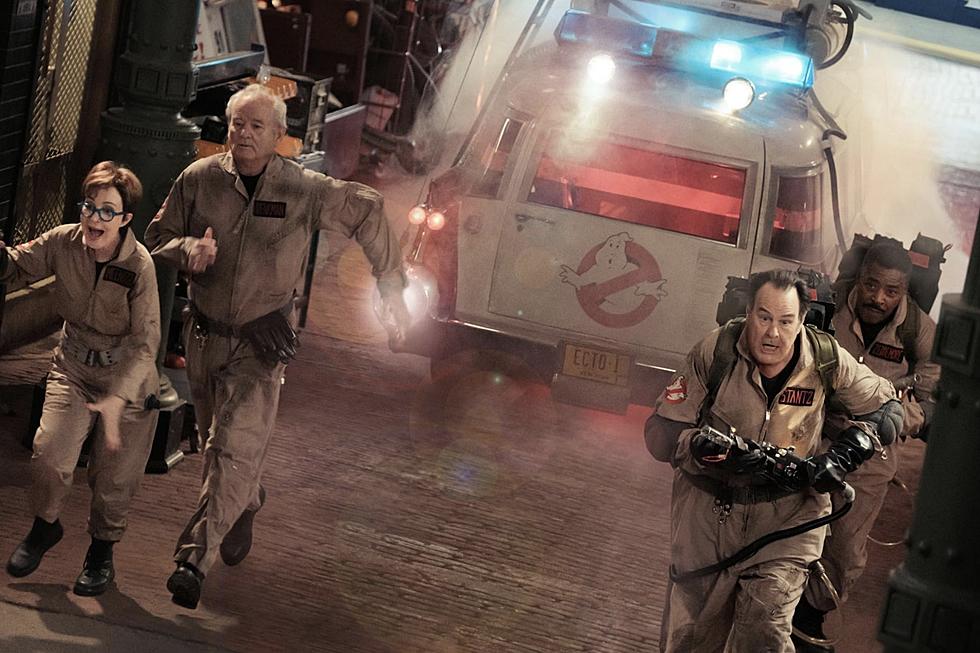
Try to Battle My Boys? That’s Not Legal: In Defense of ‘Ghostbusters II’
“Everything you are doing is bad. I want you to know this.” —Dr. Janosz Poha
July 22, 2016. That’s the day, after thousands of days of waiting, when the world will finally see a new ‘Ghostbusters’ movie, the first in over 25 years. Director Paul Feig will take over the reins of the franchise, which will feature an all-new cast of female Ghostbusters: Kristen Wiig, Leslie Jones, Kate McKinnon, and Melissa McCarthy. When the movie opens, you can expect a few things to happen. There’s going to be a huge surge in Ghostbusters merchandise, and in spins of the Ray Parker Jr. theme song on the radio. And there are going to be a lot of cheap shots taken at ‘Ghostbusters II,’ the widely disliked 1989 sequel to the widely adored 1984 original.
People who are lukewarm on Feig’s ‘Ghostbusters’ will say things like “Well, at least it’s not ‘Ghostbusters II.’” Viewers who hate the new ‘Ghostbusters’ will dredge up ‘Ghostbusters II’ as proof that this franchise can’t sustain sequels. We might even see members of the cast or creative team of the new sequel using its predecessor as a creative bar they had to clear. (i.e. “We wanted to make sure we didn’t deliver another bad ‘Ghostbusters,’ like the last one.”)
Over the years, ‘Ghostbusters II’’s failure has evolved from conventional wisdom to undisputed fact. It appeared on ‘Siskel & Ebert’’s worst films of 1989 episode, and routinely shows up on lists of the worst sequels ever. Even the film’s star, Bill Murray, has gone on the record trashing the film. “The second one was disappointing, because the special-effects guys took over,” he told The Daily Mail in 2010. I had something like two scenes—and they're the only funny ones in the movie.”
Now I’m about to say something that I never thought I would say in my entire life. It makes me sick to my stomach to even type such heresy, but here goes: Bill Murray is wrong. I’m getting out ahead of all the impending ‘Ghostbusters II’ hate right now. ‘Ghostbusters II’ is not a bad sequel. It’s not a great sequel either, but it’s a totally satisfying follow-up. It doesn’t reinvent the wheel the way the first film did by blending of horror, science-fiction, and comedy into a unique and irresistible genre hybrid. But it keeps things rolling in a frothy, entertaining, and occasionally profound way. (You heard me.)
Murray’s wrong on both counts, actually. (Sorry Bill.) He’s in most of ‘Ghostbusters II,’ and he’s got a whole bunch of great lines. Like the one that starts this scene:
Murray’s also terrific as the host of ‘The World of the Psychic,’ Peter Venkman’s low-rent television show. The delivery of the line “Valentine’s Day. Bummer.” when he discovers the world might end on February 14, 2016 is worth the price of admission.
The film is littered with lots of lovely dialogue. Like this gem from nerdy lawyer Louis Tully (Rick Moranis) as he’s psyching himself up for his first ghostbusting assignment, which I quote on a regular basis:
I’m also a huge fan of the line by Egon Spengler (the late Harold Ramis) at the one minute and three second mark in the clip below, describing a distraught and single Peter Venkman (Murray) to his ex-girlfriend Dana Barrett (Sigourney Weaver):
That scene between Egon and Dana is a good one; it satirizes the cold, clinical nature of experimental psychology (Egon gives a little girl a puppy only so that he can take it away and measure her sadness) and it cleverly sets up the key supernatural concept in the film, that people’s emotional states can cause physical changes in their surroundings. Though the movie doesn’t harp on it—Egon’s experiment is mostly the background color to a conversation that explains what Dana’s been up to in the interim between films and her latest ghost problem—his work eventually becomes the theoretical basis for the Ghostbusters’ “psycho-reactive” slime guns that are used to defeat the film’s villain, Vigo (Wilhelm von Homburg), the ghost of a ruthless Carpathian who’s set his sights on Dana’s baby and all of New York City.
The first act of the ‘Ghostbusters II’ script by Ramis and Dan Aykroyd is actually full of skillful foreshadowing that only reveals itself on multiple viewings. After Dana visits Egon, the film reintroduces Murray’s Venkman in the ‘World of the Psychic’ episode above. His first guest predicts the world will end on New Year’s Eve 1989—and while Venkman dismisses him as a quack, he’s basically correct; the whole film builds to an apocalyptic New Year’s confrontation with Vigo.
There’s also a nice thread where Ray (Aykroyd) and Winston (Ernie Hudson) earn extra cash by dressing in their Ghostbusters costumes and performing at kids’ birthday parties. The whole sequence is tinged with autobiographical touches. While Winston wants to quit, Ray refuses to let the Ghostbusters go, the same way Aykroyd has been the one guy beating the drum for more sequels for decades. And Winston’s exasperated line as they leave the birthday party—“I’m tired of taking abuse from overprivileged nine year olds.”—seems to anticipate much of the audience’s reaction to the movie.
To be fair, ‘Ghostbusters II’ doesn’t put an original spin on its concepts. It is largely a note-for-note repeat of the original. Both films feature wormy dweebs who work as underlings for the main evil ghost (Rick Moranis’ Louis in the original; Peter MacNicol’s Dr. Janosz Poha in the sequel). Both movies have sleazy government bureaucrats who distrust the Ghostbusters and have them arrested and/or committed (William Atherton’s Walter Peck and Kurt Fuller’s Jack Hardemeyer, respectively). Both contain contentious, climactic meetings with the Mayor of New York CIty (David Margulies); both also include amusingly inept Ghostbusters TV commercials. And both build to larger-than-life climaxes where enormous figures lumber through the canyons of Manhattan (the Stay Puft Marshmallow Man and the Statue of Liberty).
But just because ‘Ghostbusters II’ treads familiar ground doesn’t automatically mean it’s completely worthless. I’d compare the two movies this way: ‘Ghostbusters’ was a master chef (director Ivan Reitman) inventing a new dish. ‘Ghostbusters II’ is the same great chef making the same dish again with a few new ingredients. Is it the same plate of food as before? Basically, yes. But that doesn’t mean it tastes bad. There may not be genius in following a recipe, but there can still be a lot of pleasure.
Actually, one of the best parts of ‘Ghostbusters II’ is something that isn’t lifted from the first movie, and that’s the whole subplot about the river of slime running beneath New York City. In the film, all the trouble with Vigo stems from this pink goop that’s filling the old abandoned pneumatic tunnels under Manhattan. Centuries of New York negativity have coalesced into this sludge that’s fueling Vigo’s rise. Essentially, New York’s about to be destroyed by its own toxicity, until the Ghostbusters rally the populace by using the pink slime (which can also be charged with positive energy under certain circumstances) to possess the Statue of Liberty and parade it through the streets.
For a lot of folks, I think this is the point where ‘Ghostbusters II’ loses them forever. The Ghostbusters win with the power of positive thinking? Were Ramis and Aykroyd reading ‘The Secret’ when they wrote this screenplay? It’s cheesy, sentimental, and not cool in the slightest. The ‘Ghostbusters’ win in the first movie by literally roasting a giant marshmallow man. In the sequel, the big triumph comes when a bunch of people embrace and sing ‘Auld Lang Syne.’ In the dictionary, they should have a picture of that scene next to the word “sappy.”
But here’s the thing: This corny supernatural device enables ‘Ghostbusters II’ to capture the spirit of New York City in all its complexity and contradiction better than almost any movie I know. New York is a place where everyone is cranky, annoyed, and unhelpful. (“Being miserable and treating other people like dirt is every New Yorker's God-given right!” the Mayor declares when the Ghostbusters suggest people need to be nice to one another.) But when the chips are down, the city rallies together like no place on earth. Those same cranky, annoyed, unhelpful people will bend over backwards to assist a hungry neighbor or a lost tourist. Those two things seem antithetical, but they’re both true. And ‘Ghostbusters II’ understands that and reconciles them in a way that’s really lovely, and, at least to this New Yorker, kind of moving.
Call me crazy, but I’ve enjoyed ‘Ghostbusters II’ for 25 years. I rewatched it last night and still found it a thoroughly pleasant experience; I grinned reliving favorite moments (like Peter assuring Dana he won’t try any of his old cheap moves on her because he has “all-new cheap moves”), and giggled at lines I’d forgotten (like the prophetic quote at the top of this essay). I know most people hate this movie, but I still enjoy it. With all the negativity surrounding it, it’s almost like there’s a river of slime flowing underneath ‘Ghostbusters II’. But if enough people speak up about how much they like it, maybe we can start to turn the tide. Like Bobby Brown said so eloquently in his masterpiece from the ‘Ghostbusters II’ soundtrack, if it’s up to us we’ve got to take it home on our own.
Amazing Theme Park Rides Based on Movies That Were Never Built
More From ScreenCrush









